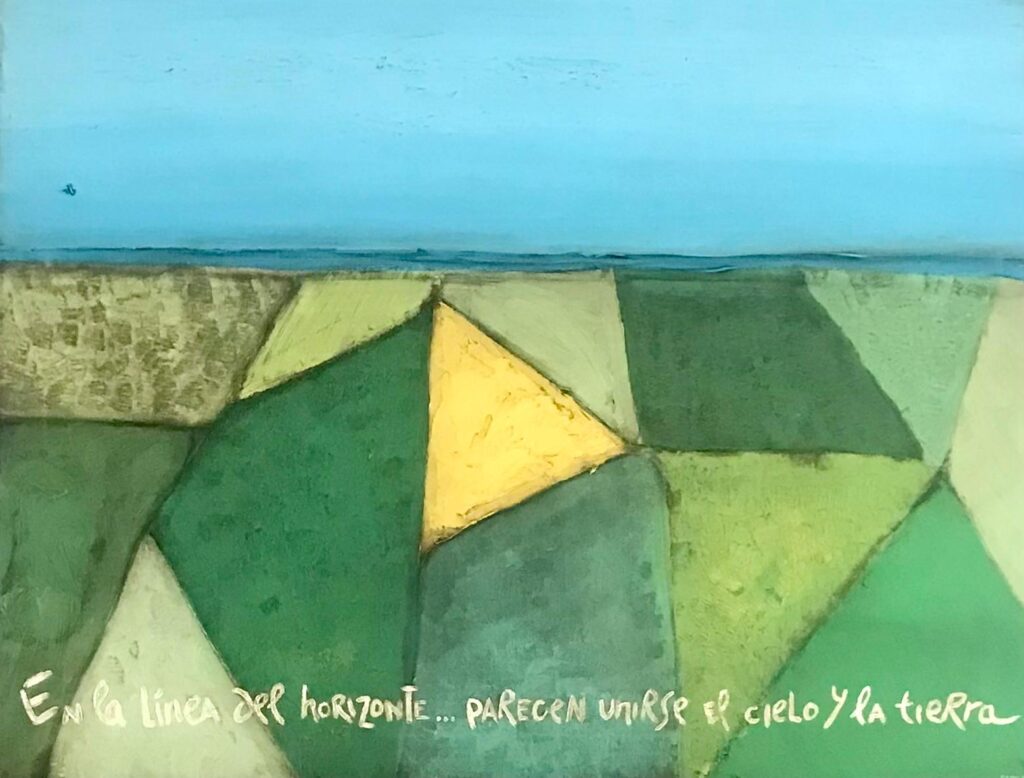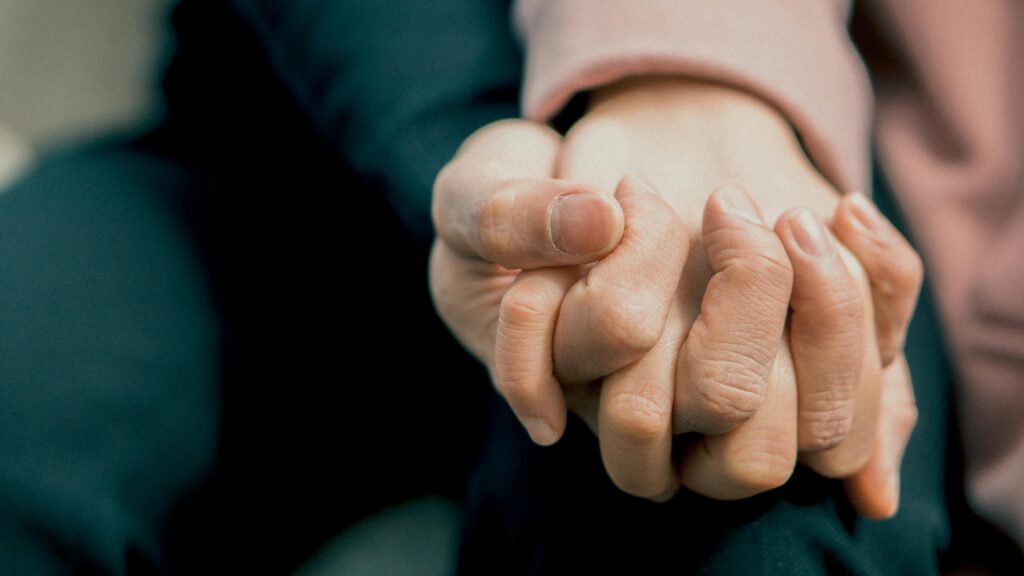The Assumption of the Virgin and the Relationship between Body and Grace
Unit: Chapter 1 of the “Soul-body” Series, on the occasion of the Solemnity of the Assumption of Mary into Heaven in body and soul

On August 15, we celebrate the solemnity of the Assumption of the Virgin Mary into heaven. This is a feast in which, year after year, we give thanks to God by remembering that the Virgin was taken into heaven in body and soul. This singular fact highlights that Mary, mother of Jesus, is in heaven with a glorious body.
On the occasion of this solemnity, I have decided to record a series of short chapters, about 10 minutes each, on the relationship between body and grace. The Assumption invites us to reflect on this interrelationship, highlighting that Mary was taken into heaven not only in her soul, but also in her body.
In this first chapter, I want to address the fundamental question of the relationship between soul and body. Do we really have a soul and a body? I refer to two key experiences to understand this relationship.
The first experience is that of the body. We all experience physical sensations such as headaches, tiredness or hunger. But there is also a non-corporeal principle in us, a duality that is not reduced to two separate things, but to two dimensions that coexist: the body and the spirit or soul. This principle of freedom, which we call spirit or soul, allows us to have self-awareness and reflect on our actions, something that is not possible in animals.
The second experience is the unity between body and soul. These two dimensions are not simply connected, but are deeply united. When we caress someone, it is our soul that is expressing spiritual affection, not just a physical gesture. This union is also manifested in how our inner states, such as tiredness, affect both body and soul.
The Greeks, such as Aristotle, proposed that the soul is the form of the body, making our body spiritual. We are a substantial unity of body and soul, a mystery that reflects the existence of God. Recognizing this unity leads us to understand the intrinsic dignity of our being, both physically and spiritually.
To conclude this first chapter, I suggest some simple exercises to experience this duality and unity in our own lives. Look into the eyes of a doll, an animal, and then of a person in love. The difference in the depth of the gaze reveals the presence of a soul in the person. Another exercise is self-reflection: prick your arm and think about whether you are really just skin and bones, or if there is something deeper that defines you.
These exercises help us understand that the relationship between body and soul is fundamental and that materialism, by denying this reality, becomes an ideology that does not respond to our most basic experiences.
Related

Emilio Girón: Stubbornness and Tinto de Verano
Exaudi Staff
30 March, 2025
5 min

Overcoming Emotional Dependence: A Guide with Psychologist Mónica Caballero
Proyecto Ánima
28 March, 2025
2 min

Addictions and Sexuality
José Miguel Ponce
28 March, 2025
2 min

The Chosen: A Series That Wins Hearts in Its Own Language
Mar Dorrio
27 March, 2025
4 min
 (EN)
(EN)
 (ES)
(ES)
 (IT)
(IT)

